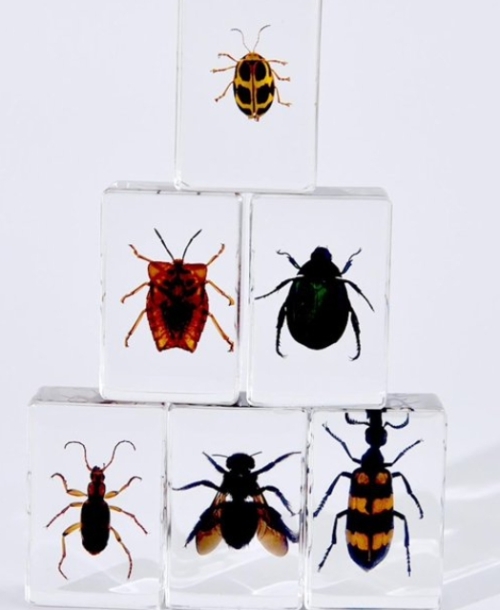Bee specimens are an important natural specimen, which can not only show the diversity of bees, but also provide valuable information for research and education. Bees play a key role in ecosystems as important pollinators, helping crops and plants reproduce and maintaining biodiversity.
The process of preparing bee specimens usually involves capturing, identifying and preserving them. First, catch the bee carefully by using a trap or net to make sure it does not damage its body. They are then classified and identified immediately after capture, including recording where and when they were captured, as well as the species of bees. This information is vital to scientific research.
There are many ways to preserve bee specimens, among which common techniques are to secure them in clear specimen boxes, or to preserve them in alcohol to prevent infestation and decay. In addition, the display of specimens is not only beautiful, but also can be used for science education to help people understand the importance of bees and current threats, such as habitat loss and pesticide use.
By producing and displaying bee specimens, we can raise public awareness of bees and their conservation, stimulate interest in the natural world, and drive action for conservation. Bees are not only a valuable resource in nature, but also an important bridge between science, art and education.














